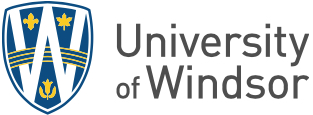CoFlame Code
The CoFlame code is a parallel code written in FORTRAN which is used to model flame and soot formation for laminar co-flow diffusion flames. This code was developed by many researchers at the National Research Council of Canada, the University of British Colombia, Toronto Metropolitan University, the University of Toronto, and the University of Windsor and has been constantly improved and modified since 2004. The paper on CoFlame 1.0 was published in July 2016 as part of the Ph.D. work of Nick Eaves. If you are interested in using the code, please email Prof. Nick Eaves. We will send you the code ASAP. For industrial applications, please contact Prof. Eaves.
Note: CoFlame 1.0 is the first version of CoFlame released so far. We have tested this code for a variety of fuels including methane, ethylene, n-decane, jet fuel, biodiesel, and gasoline surrogates and at different pressures, with different mechanisms. The code includes an efficiency-based PAH dimer nucleation model and an efficiency-based PAH condensation model. Surface reactivity of soot for HACA growth is controlled by a steric factor; however, soot maturity and carbonization are not included. The code can calculate soot volume fraction, primary particle diameter and number density, aggregate structure and number density, species concentration, and flame temperature and structure.
We are working on a new version of CoFlame, i.e. CoFlame 2.0, which incorporates our recent model developments on reversible dimer nucleation (RPC model), equilibrium-based PAH condensation, and soot surface shell formation (SSF model) to model soot maturity, H/C ratio, and surface reactivity. CoFlame 2.0 will be released by Fall 2023.
